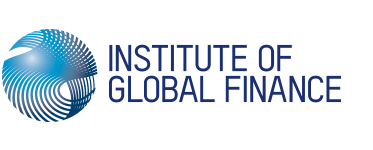The Volatility and Risk Institute at NYU focuses on individual measures of systemic risk which predict how much a stock is expected to lose in a market downturn. Acharya and Richardson (2009); Acharya, Pedersen, Philippon, and Richardson (2010); and Acharya, Engle and Richardson (2012), lay the theoretical foundations of such an approach.
In a downturn, financial institutions may fall short of capital, which can either lead to a shut down, (possibly) causing contagion, or the regulator will need to replenish capital. On an ex-ante basis, a regulator is concerned with minimizing this payout, which the authors show to be a function of size, leverage and expected equity losses during a crisis.
While the first two components are easily available, we propose using three different econometric techniques in this project to predict the expected equity loss in a crisis. Acharya, Pedersen, Philippon, and Richardson, (2010); and Acharya, Engle and Richardson (2012) propose a simple historical estimator. Brownlees and Engle (2010) suggest a bivariate model of returns which uses asymmetric GARCH for volatility and an asymmetric DCC model for correlation.
The third method eschews modeling the entire return process and only models the tail as in DeJonghe (2010) and Hartmann and Vries (2005).
